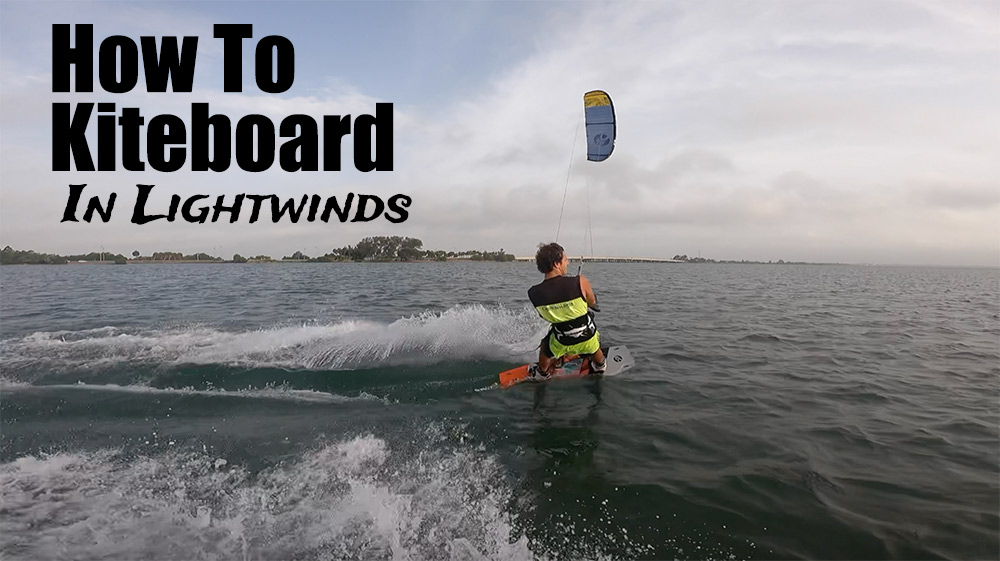Allgemein
Kiteboarden bei Leichtwind
Kiteboarden bei Leichtwind: Tipps und Tricks für optimale Performance
Einleitung: Was ist Leichtwind beim Kiteboarden?
Kiteboarden bei Leichtwind stellt eine besondere Herausforderung dar, kann aber unglaublich lohnend sein. Leichtwind definieren wir als Windgeschwindigkeiten unter 14 Knoten. Bei 10-14 Knoten ist es durchaus möglich, Spaß zu haben und die eigenen Fähigkeiten zu verbessern. Das Training bei Leichtwind macht dich zu einem besseren und vielseitigeren Kiteboarder.
Wie leicht ist zu leicht?
Bei Windgeschwindigkeiten unter 8 Knoten wird es extrem schwierig, einen Kite zu fliegen. In diesen Bedingungen fühlen sich die Leinen oft spannungslos an, und der Kite kann leicht aus dem Himmel fallen. Ein Downloop kann helfen, den Kite tiefer ins Windfenster zu bringen und die Spannung zu erhöhen.
Falls der Kite ins Wasser fällt, gibt es spezielle Techniken, um ihn bei minimalem Wind wieder zu starten. Mehr dazu erfährst du in unserem Video über Leichtwind-Kiteboarding.
Kiteboarden bei Leichtwind: Das richtige Setup
Gewicht des Fahrers
Das Körpergewicht spielt eine entscheidende Rolle. Leichtere Fahrer (<90 kg) haben es leichter, bei schwachem Wind genug Power zu generieren. Für Fahrer mit etwa 75 kg ist beispielsweise ein 15m Cabrinha Contra ideal, um bei 10-14 Knoten mit einem Twintip-Board Spaß zu haben.
Die richtige Ausrüstung
Alle modernen Leichtwind-Kites sind mittlerweile sehr effizient. Wichtig ist, den Kite richtig zu tunen:
- Stall vermeiden: Ein häufiger Fehler ist es, die Bar zu stark anzuziehen, was den Kite zum Stallen bringt.
- Tuning: Kontrolliere, ob alle Leinen gleich lang sind, wenn die Bar komplett angezogen ist.
- Anstellwinkel des Kites: Kites mit einem niedrigen Anstellwinkel fliegen besser bei schwachem Wind. Nutze, wenn vorhanden, die äußeren Knoten der Steuerleinen oder depowere den Kite über die Bar.
Wie starte ich einen Kite bei Leichtwind?
Es gibt zwei sichere Methoden:
- Start mit Hilfe:
- Stelle dich leicht windabwärts des Kites.
- Gehe langsam in den Wind, bis der Kite aufhört zu flattern.
- Vermeide es, weg vom Kite zu laufen – das hält ihn am Rand des Windfensters, wo weniger Wind ist.
- Drift-Start:
- Besonders nützlich bei schwachem Wind. Positioniere den Kite tief im Windfenster und lasse ihn sanft nach oben steigen.
Barspannung: Die richtige Balance zwischen zu viel und zu wenig Spannung ist entscheidend. Ein entspannter Griff hilft, die Kontrolle zu behalten.
Wasserstart bei Leichtwind
Beim Wasserstart ist es wichtig, den Kite tiefer ins Windfenster zu bringen.
- Technik: Lasse den Kite leicht in die entgegengesetzte Richtung schwenken, bevor du ihn in die gewünschte Richtung steuerst.
- Downloop: Ein Downloop beim Start bringt den Kite durch das Windfenster und erzeugt maximale Power. Achte darauf, dass du dich weit genug aufwind befindest, um Hindernisse zu vermeiden.
Aufwind fahren bei Leichtwind
Das Aufwindfahren bei schwachem Wind erfordert Geschick und Technik:
- Geschwindigkeit erzeugen: Halte den Kite tief im Windfenster, um Power zu generieren.
- Boardwinkel: Fahre zunächst quer zum Wind, bevor du leicht in den Wind steuerst.
- „Board pumpen“: Durch rhythmisches Drücken des hinteren Fußes kannst du Geschwindigkeit und Höhe gewinnen.
Ein größeres Board (über 145 cm) erleichtert das Fahren bei schwachem Wind. Kiteboarden bei Leichtwind
Allgemeine Tipps für Leichtwind-Kiteboarding
Das Zusammenspiel von Ausrüstung und Technik ist entscheidend. Die Fertigkeiten, die du bei Leichtwind erlernst, verbessern alle anderen Aspekte des Kiteboardens. Für noch bessere Performance bietet ein Foilboard zusätzliche Möglichkeiten, die jedoch ein eigenes Thema darstellen.
Lerne Kiteboarden bei Leichtwind
Egal, ob du Anfänger, Fortgeschrittener oder Profi bist: Wir helfen dir, deine Leichtwind-Fähigkeiten zu perfektionieren. Buche eine Lektion bei uns und lerne Techniken, die dir bei Windgeschwindigkeiten von 10-14 Knoten helfen.
Kiteboarden bei Leichtwind
Source link

